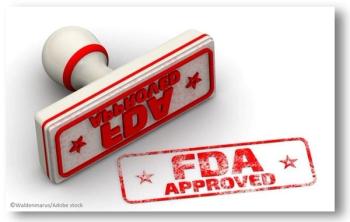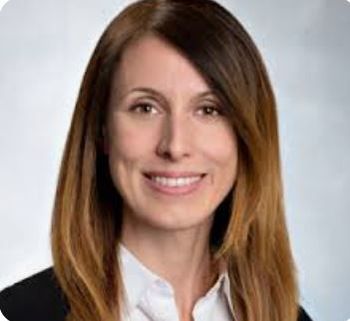
Acute Upper Gastrointestinal Bleed
A 41-year-old man presents with shortness of breath and weakness after a near syncopal episode earlier in the day. He appears pale and mildly dyspneic. He denies chest pain, cough, or fever. He has no cardiac risk factors and denies any significant past medical or surgical history. He takes no medications, has no known allergies and denies the use of tobacco, alcohol, or recreational drugs.
Vital Signs:
Temp: 98.1°F (36.7°C)
HR: initially 168 beats/min when ambulatory, dropping to 126 after 10 minutes of rest, but suddenly increases to 154 upon standing
RR: 30 breaths/min when ambulatory, 22 at rest
BP: 108/76 mm Hg supine, but drops to 86/60 upon standing
02 Sat: 98% on room air
Physical examination:
Cardiopulmonary: clear lungs and a normal cardiac examination without murmurs
Abdominal: soft, non-tender and non-distended
Skin: pale and dry with conjunctival pallor
Answers:
1. What else should you look for?
ECG reveals sinus tachycardia at 128 beats/min, without ectopy or ischemic changes. A bedside echocardiogram is unremarkable with no signs of a pericardial effusion. Ultrasound of the IVC is also unremarkable without signs of collapse. Chest x-ray is unremarkable.
A stool guaiac test is performed and is positive with maroon colored stool (as represented in the Figure).
2. What should be included in your differential diagnosis?
With the additional physical findings of pale skin and conjunctival pallor, anemia and/or acute blood loss should be considered. Be sure to ask about recent trauma, bleeding disorders, hematemesis, coffee-ground emesis, melena, or hematochezia. Also query patient on recent weight loss, changes in bowel habits, and retching and vomiting. Probe for history of ASA, NSAID, steroid usage and alcohol abuse. Do not forget to ask about history of iron or bismuth ingestion which can simulate melena and consumption of beets which can simulate hematochezia but stool guaiac testing will be negative.
3. What is your next step?
The patient is clearly orthostatic with signs of a possible gastrointestinal bleed and fluid resuscitation should be initiated. Laboratory results reveal: Hgb: 9 g/dL, Hct: 28 %,BUN: 42, Creat: 1.2 which confirm our suspicions. Immediate emergency department treatment should include 2 large-bore IVs, fluid resuscitation, and at least one unit of packed RBCs for transfusion, an IV pantoprazole bolus and infusion and urgent gastroenterology consultation. Placement of a nasogastric tube is controversial.
References:
Wilkins T, Khan N, Nabh A, Schade RR. Diagnosis and management of upper gastrointestinal bleeding. Am Fam Physician. 2012;85:469-476. Full text available at
Cerulli MA. Upper gastrointestinal bleeding. Medscape overview article. Accessed January 10, 2014 and available at:
Newsletter
Enhance your clinical practice with the Patient Care newsletter, offering the latest evidence-based guidelines, diagnostic insights, and treatment strategies for primary care physicians.

















































































































































































































































































